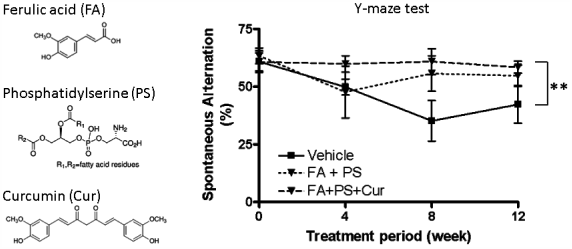- 著者
- Yuki Fujita Katsuyasu Kouda Harunobu Nakamura Masayuki Iki
- 出版者
- Japan Epidemiological Association
- 雑誌
- Journal of Epidemiology (ISSN:09175040)
- 巻号頁・発行日
- pp.JE20170137, (Released:2018-05-26)
- 参考文献数
- 31
- 被引用文献数
- 8
Background: Maternal pre-pregnancy weight has been reported to be positively associated with offspring weight. The association between maternal weight and offspring weight might be explained by maternal lifestyle. We investigated the strength of the relationship between maternal body mass index (BMI) at the beginning of pregnancy and offspring BMI at several growth stages.Methods: The source population was all eighth graders registered in all public schools in the city of Fukuroi, Japan, in 2012. Records of maternal anthropometry at the beginning of pregnancy were obtained from the Maternal and Child Health (MCH) Handbook. The height and body weight of each student were measured. A regression model was used to assess the association between maternal BMI z-score at the beginning of pregnancy and offspring BMI z-score at various ages.Results: Of the source population, data from the MCH Handbook were obtained for 480 students. Among males, maternal BMI z-score was not associated with offspring BMI z-score at birth and at age 3 years but was associated with offspring BMI z-score at age 13 years (standardized regression coefficient (β) = 0.19; P < 0.01). Among females, maternal BMI z-score was associated with offspring BMI z-score at birth (β = 0.11; P < 0.05), at age 3 years (β = 0.22; P < 0.01) and at age 13 years (β = 0.51; P < 0.01).Conclusions: Our results suggest that the positive association between maternal weight at the beginning of pregnancy and offspring weight around puberty is stronger than that between maternal weight and offspring weight at birth. Maternal lifestyle may influence offspring weight in adolescence.
- 著者
- Michiaki Okuda Yuki Fujita Hachiro Sugimoto
- 出版者
- The Pharmaceutical Society of Japan
- 雑誌
- Biological and Pharmaceutical Bulletin (ISSN:09186158)
- 巻号頁・発行日
- vol.42, no.10, pp.1694-1706, 2019-10-01 (Released:2019-10-01)
- 参考文献数
- 135
- 被引用文献数
- 2 12
Alzheimer’s disease (AD) is the most common form of dementia and its prevention and treatment is a worldwide issue. Many natural components considered to be effective against AD have been identified. However, almost all clinical trials of these components for AD reported inconclusive results. We thought that multiple factors such as amyloid β (Aβ) and tau progressed the pathology of AD and that a therapeutic effect would be obtained by using multiple active ingredients with different effects. Thus, in this study, we treated ferulic acid (FA), phosphatidylserine (PS) and curcumin (Cur) in combination or alone to APPswe/PS1dE9 transgenic mice and evaluated cognitive function by Y-maze test. Consequently, only the three-ingredient group exhibited a significant improvement in cognitive function compared to the control group. In addition, we determined the amounts of Aβ, brain-derived neurotrophic factor (BDNF), interleukin (IL)-1β, acetylcholine and phosphorylated tau in the mouse brains after the treatment. In the two-ingredient (FA and PS) group, a significant decrease in IL-1β and an increasing trend in acetylcholine were observed. In the Cur group, significant decreases in Aβ and phosphorylated tau and an increasing trend in BDNF were observed. In the three-ingredient group, all of them were observed. These results indicate that the intake of multiple active ingredients with different mechanisms of action for the prevention and treatment of AD.
